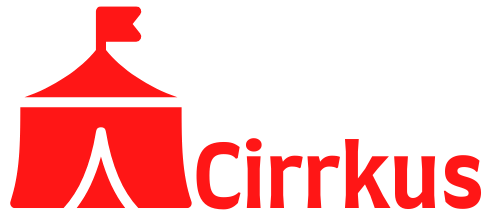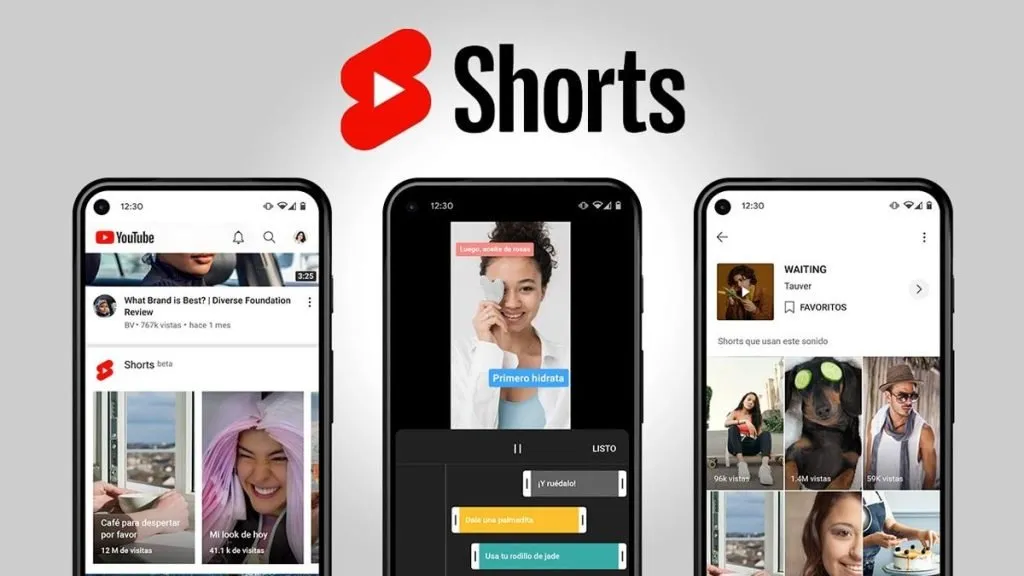Photo Credit: YouTube
YouTube is upgrading the YouTube Shorts experience with more generative AI features — but it looks like they’re already falling behind ByteDance.
YouTube introduced Dream Screen last year, which is a feature that lets people generate unique AI backgrounds for Shorts with just a text prompt. Now, Dream Screen is getting another upgrade with the integration of Google DeepMind’s newest video generation model, Veo 2. The update gives YouTube Shorts creators the ability to generate standalone video clips that can be added to any Shorts.
“Need a specific scene but don’t have the right footage? Want to turn your imagination into reality and tell a unique story?” the YouTube blog announcing the feature asks. “Simply use a text prompt to generate a video clip that fits perfectly into your narrative, or create a whole new world of content. It’s that easy!”
The move closely follows some scarily-realistic videos previewed by ByteDance via its AI unit, OmniHuman. That included a number of Taylor Swift performance videos that looks amazingly realistic despite never occurring. After a brief, pre-launch preview of those Swift ‘shows,’ OmniHuman abruptly removed the videos.
The development is undoubtedly grabbing the attention of YouTube and others. Whether it’s DeepSeek or OmniHuman, the message is clear: China’s AI capabilities are incredibly-competitive, and potentially far ahead of US-based tech giants like Alphabet.
Back to the YouTube release, Veo 2 can generate high-quality videos in a wide range of subjects and styles intended to match creators’ vision. YouTube says it has also made improvements to Dream Screen so that it now generates videos faster than before. Veo 2 also understand real-world physics and human movement better, making its output more detailed and realistic. AI generated videos tend to have a hazy, bokeh effect in the background—while human movement can be uncanny.
YouTube says creators will be able to specify a style, lens, or cinematic effect to generate, making Dream Screen an easy way to express yourself. Here’s a peek at how to utilize this new feature on YouTube Shorts.
To begin creating video backgrounds for Shorts, open the Shorts camera, select Green Screen, then Dream Screen. From there, type in a prompt, select an image, and create a video background. To create a clip to add to any Short, open the Shorts camera, tap Add to open the media picker, then tap Create at the top. After inputting a prompt, select an image, tap Create video, and choose the desired length.
YouTube uses SynthID watermarks and clear labels to identify when AI has been utilized in creating videos. The features are now available to anyone living in the United States, Canada, Australia, and New Zealand. YouTube says it will expand these tools to the rest of the world soon.

